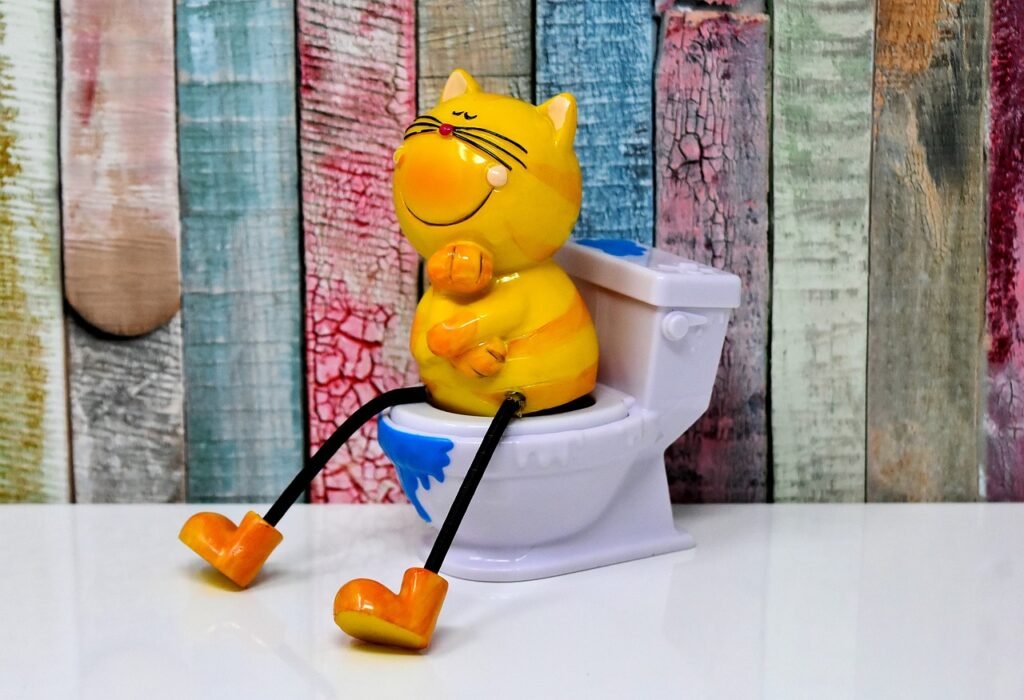
Litter box training is an essential aspect of cat care that ensures both the cat and the owner enjoy a harmonious living environment. While most cats instinctively use a litter box, there are several tips and considerations that can enhance their training experience and ensure their continued use of the box. This guide delves into essential litter box training tips to help cat owners create a clean, stress-free environment for their feline friends.
Understanding Your Cat’s Natural Instincts
Cats are naturally clean animals, and their instinct to bury waste makes litter box training a relatively straightforward process. However, understanding these instincts can help you choose the right litter box and location, and create an environment that caters to your cat’s needs. Observing your cat’s behavior and preferences is key to successful litter box training.
Choosing the Right Litter Box
Size and Type
The size and type of the litter box you choose can significantly impact your cat’s willingness to use it. A good rule of thumb is to select a box that is at least one and a half times the length of your cat. This ensures they have enough space to comfortably turn around and dig. There are various types of litter boxes available, including open, covered, and self-cleaning models. Each type has its pros and cons, and the choice often depends on your cat’s personality and your personal preference.
Number of Litter Boxes
A common recommendation is to have one litter box per cat, plus an extra. This means that if you have two cats, you should ideally have three litter boxes. This reduces the competition for resources, minimizes territorial disputes, and provides options for cats who may prefer different locations or boxes for different purposes.
Finding the Perfect Spot
The location of the litter box is critical to its successful use. Place the box in a quiet, low-traffic area where your cat can have some privacy. It should be easily accessible, yet away from their food and water bowls to maintain hygiene. Avoid locations that are too secluded, as this might make your cat feel trapped or anxious.
Choosing the Right Litter
Texture and Scent
Cats can be particular about the texture and scent of their litter. Many prefer unscented, clumping litter as it mimics the sand-like substrate they would naturally use. Experiment with different types to find out which one your cat prefers, but make changes gradually to avoid causing stress.
Depth of Litter
The depth of the litter is another important factor. Typically, a depth of 2-3 inches is sufficient. Too little litter can prevent your cat from adequately burying their waste, while too much can be difficult for them to navigate.
Maintaining Cleanliness
Regular cleaning is crucial for encouraging consistent litter box use. Scoop the box at least once a day to remove waste, and completely change the litter every week or two. Wash the box with mild soap and water to remove any lingering odors, but avoid using harsh chemicals that may deter your cat from using it.
Positive Reinforcement and Encouragement
Positive reinforcement can encourage your cat to use the litter box consistently. Praise your cat and offer treats when they use the box correctly. Avoid punishing or scolding your cat for accidents, as this can create anxiety and potentially worsen the issue.
Addressing Common Litter Box Problems
Refusal to Use the Litter Box
If your cat refuses to use the litter box, try to identify any changes or stressors that might be affecting them. This could include changes in litter type, box location, or even household dynamics. A visit to the veterinarian can rule out any medical issues that might be causing the behavior.
Marking and Spraying
Some cats may mark territory by spraying outside the box. This behavior is often linked to stress or anxiety. Neutering or spaying can reduce hormonal influences on marking behavior. Additionally, providing more resources like scratching posts, toys, and vertical spaces can help alleviate stress.
Training Kittens Versus Adult Cats
Training kittens is generally easier than training adult cats, as they are more adaptable to new experiences. Start training as soon as you bring a kitten home to establish good habits early. For adult cats, patience is key. They may need more time to adjust to new routines, especially if they have had a negative experience with litter boxes in the past.
Litter Box Accessories
Consider using litter box accessories to enhance your cat’s experience. Liners can make cleanup easier, while mats placed outside the box can catch any litter your cat tracks out. However, ensure that these accessories do not deter your cat from using the box.
Conclusion
Litter box training is a fundamental part of ensuring your cat is happy and healthy in their home environment. By understanding your cat’s natural instincts, choosing the right litter box, maintaining cleanliness, and addressing any behavioral issues, you can create a positive and stress-free litter box experience for your feline friend. With patience and consistency, both you and your cat can enjoy the benefits of successful litter box training.
#ChatGPT assisted in the creation of this article.






